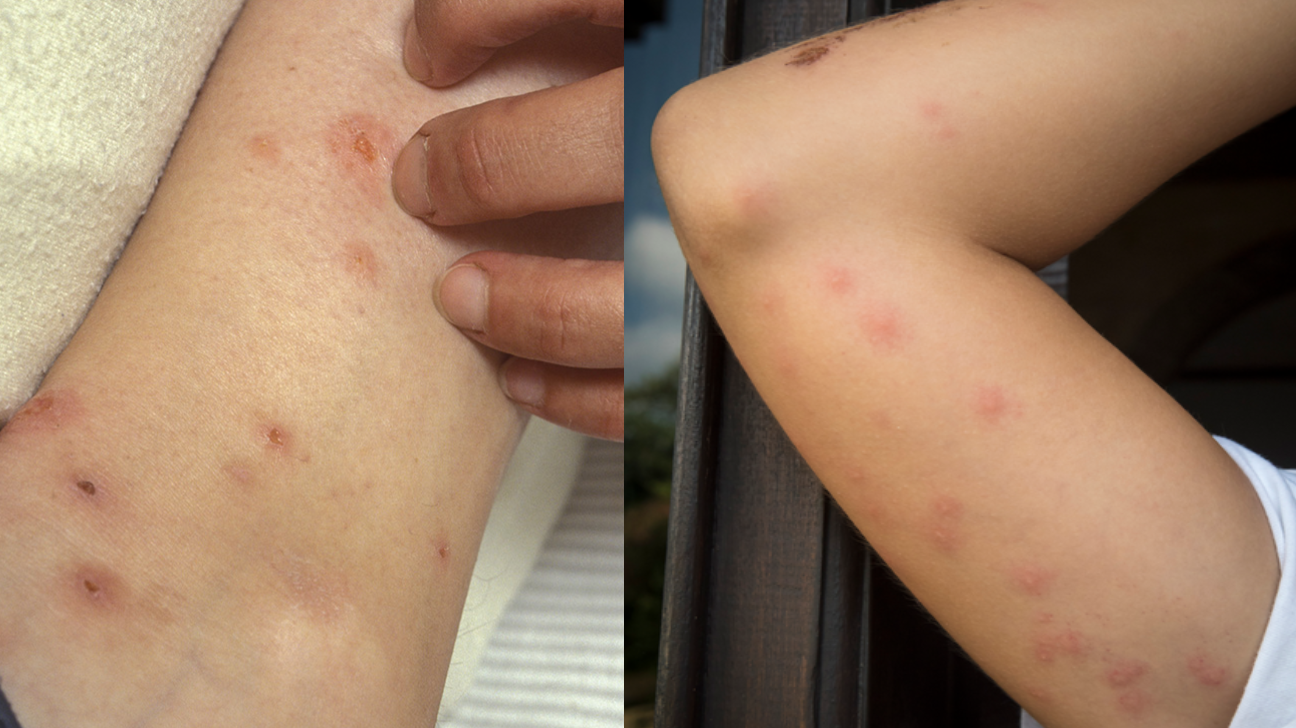Flea bites and bed bug bites can look very similar. But there are key differences that separate them from each other.
In this article, the differences between flea bites and bed bug bites are explained. This way, you will know what you are dealing with and so you can act accordingly.
Why some people find it hard to differentiate flea bites and bed bug bites
Flea bites and bed bug bites somehow look the same. They are red spots all over your body. They can be very itchy. If you scratch them too much, they can lead to inflammation, swelling, or even infection.
Due to these similarities, people find it hard to tell whether they have flea bites or bed bug bites. But it’s actually easy to differentiate these two kinds of bites because of their key differences.
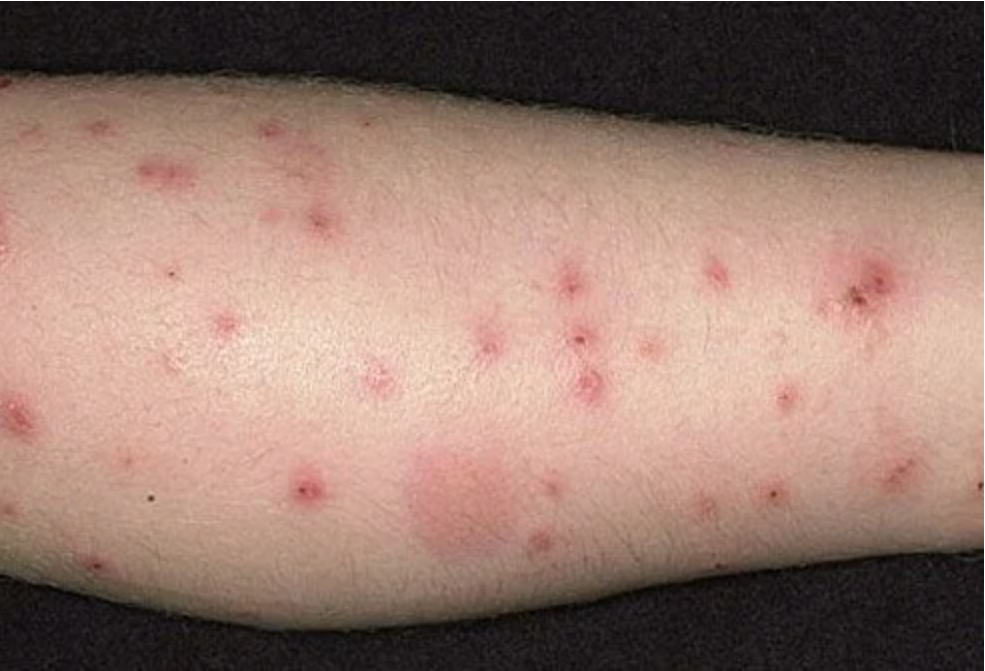
Differences between flea bites and bed bug bites
Pain factor
When a flea bites you, you will immediately feel the sting of the bite. This is similar to when an ant bites you and you jerk instantly because of the sudden pain you have just felt.
But when a bed bug bites you, you may not even feel it. This is because bed bugs inject their saliva when they bite. Their saliva contains an anesthetic that will make you feel nothing.
Itchiness
Flea bites can be very itchy immediately.
On the other hand, bed bug bites gradually become itchier. Bed bug bites become itchier and itchier as the bed bug saliva wears off.
There are also cases where some humans don’t find bed bug bites itchy at all.
Emergence of the bite marks
Flea bite marks appear in less than an hour. They can even appear almost immediately after a flea has bitten you.
But bed bug bite marks appear in 24 to 48 hours. There are also instances where bed bug bite marks only appear after about a week, when bed bugs have already feasted on you.
Location of the bites
Flea bite marks often appear on the lower parts of your body, such as your legs and ankles. This is because fleas are often found on the ground with your pets. The bites may also appear on skin folds, such as in your armpits, elbows, and knees. This is because fleas like to stay on warm areas.
Bed bug bites often appear on the upper parts of your body, such as your neck and arms. They can also appear on any part of your body that is exposed during your sleep. For example, if you wear sleeveless shirts in your sleep, you may find bed bug bites in your arms because those parts of your body are in direct contact with your bed and the bed bugs that hide in it.
Pattern of the bites
Flea bites have no discernible pattern on your skin. They are scattered randomly. But a few of them can be find clustered into a group, usually in threes.
Bed bug bites have a more prominent pattern. They are usually found in a straight line on the affected body part.
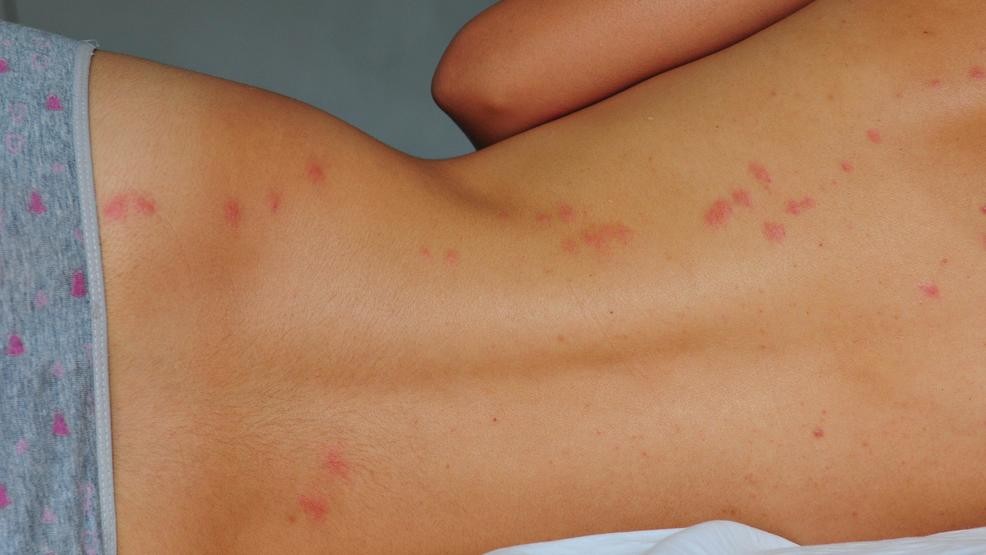
Frequency of the bites
You can also tell the difference between flea bites and bed bug bites through the frequency of the bites. Fleas will bite you whenever they have the opportunity. As long as your skin and a flea get contact, you are at risk of getting bitten and feeling that sting immediately.
But bed bug bites will only bite you every three days or so. That is the requirement for their sustenance. Bed bug bites are also nocturnal, so they are more like to bite you at night. This is in contrast to fleas that will bite you any time of the day.
What to do after getting bitten by fleas or bed bugs
Here are some things you can do after you have been bitten by fleas or bed bugs.
Avoid scratching the bites
The bites can be very itchy indeed, but avoid scratching them as much as you can. The scratching motion can irritate the bites.
It can also put too much pressure on the bites that can lead to wounds and eventually infections. This is especially true if you have long fingernails and if your scratching motion is too vigorous.
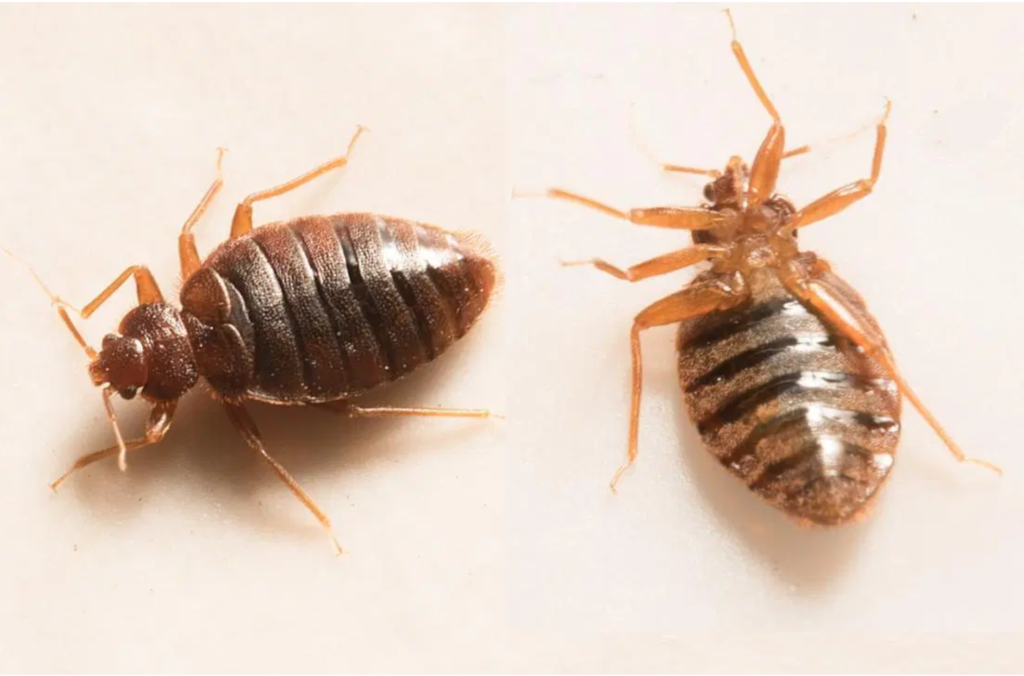
Clean the bites as a first line of defense
If you notice that you have bites all over your skin, wash them with warm water and soap. This will clean them and lessen the possibility of further complications that may arise from unsanitary conditions.
This will also somehow ease the itch. Easing the itch is important because in the long run you are lowering your risk of infection.
Use over-the-counter medication
Head to your local pharmacy and buy over-the-counter medication that can combat the symptoms of the bites. You can apply topical anti-itch creams or steroids to the bites. You can also take antihistamines, especially if you think you are starting to show allergic reactions from the bites.
It’s also a good idea to consult with the store’s pharmacist so you are sure you are using the appropriate medication.
Consult your doctor
It’s always best to consult your doctor for any kind of condition that requires medical attention. This includes flea bites and bed bug bites.
You should seriously consider finally going to your doctor if symptoms have persisted for weeks or if you think you have a severe case of the bites.
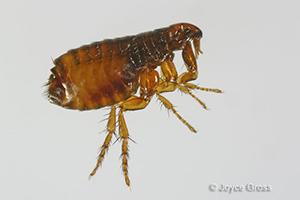
Keep these differences in mind so you can act appropriately
If you can determine what kind of pest has bitten you, you can take the necessary steps to not just treat the bites but also get rid of the pests that have inflicted them.
For example, if you know that fleas have bitten you, you can look for signs of fleas in your home and take the necessary steps to end the infestation. If you know that bed bugs are the culprits, you can find out where they hide so you can get rid of them once and for all.
Knowing the difference between flea bites and bed bug bites makes you safer from both.

